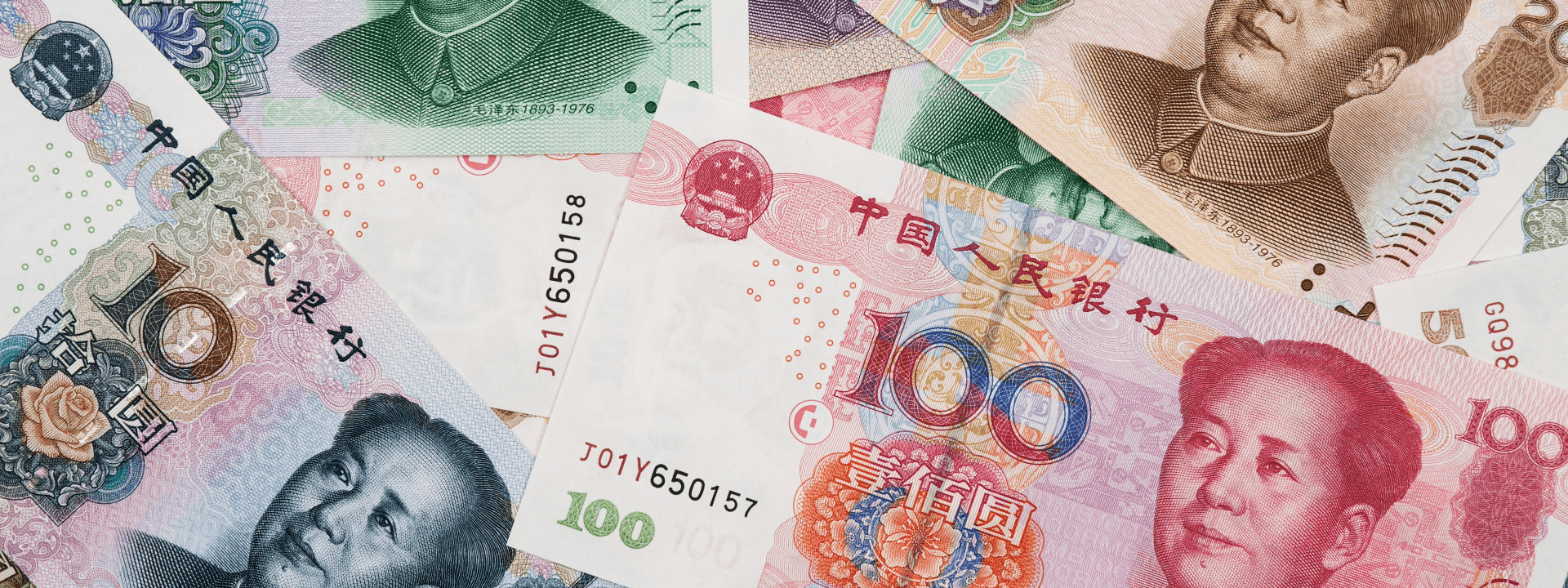China’s Provincial Economies Fall Off the Pace in First Nine Months
By Fan Qianchan and Zhang Yukun


In the first nine months, just 11 out of 31 provincial-level regions on the Chinese mainland saw their year-on-year GDP growth outperform that of the first half, data from local authorities showed, as the world’s second-largest economy struggles to build momentum for its post-pandemic recovery.
The Tibet Autonomous Region and island province Hainan logged year-on-year growth of 9.8% and 9.5%, respectively, in the first three quarters of 2023, marking the fastest economic expansion among all provincial-level regions, official statistics showed.
They were also among the 17 regions whose GDP growth in the January-to-September period surpassed that of the country as a whole, according to Caixin calculations.
China’s GDP grew 5.2% year-on-year in the first three quarters, with third-quarter growth of 4.9% beating market expectations amid better consumption and stable industrial production.
Policymakers have in the past few months been pumping more stimulus into the economy, as growth lost steam following a short-lived upswing at the beginning of the year after strict Covid controls were scrapped.
Recent initiatives include encouraging consumption and strengthening the private economy, as well as the relaxation of curbs on homebuying to bolster the sagging property market. An additional 1 trillion yuan of special treasury bonds was also earmarked for the fourth quarter for disaster relief and reconstruction.
Higher base numbers from the same period last year, when some localities eased Covid control measures in the third quarter after a wave of Covid infections let up, contributed to growth slowdowns in regions such as Shanghai.
Shanghai’s GDP expanded 6% year-on-year in the first three quarters, down from 9.7% in the first six months, which was boosted from a low base as a major Covid outbreak and months of lockdown in the first half of 2022 tanked growth to negative 5.7%.
Provincial-level regions including Hainan and Sichuan, meanwhile, benefited from low base numbers during the first three quarters in 2022. The growth in Hainan was weighed down especially by the July-September period, when a major Covid outbreak and subsequent control measures wrecked the tropical island’s tourism sector.
The year-on-year change in Hainan’s GDP, which relies heavily on service industries including tourism and retail, slowed down to negative 0.5% for the first three quarters of 2022 from 1.6% growth in the first half of last year.
This year, booming summer and holiday travel gave Hainan’s consumption a boost, and the F&B market in the first three quarters exceeded the pre-pandemic level in 2019 by around 10%, Zhuo Ling, a deputy chief of Hainan Provincial Bureau of Statistics, said in an Oct. 20 press briefing.
Sichuan’s GDP grew 6.5% in the first three quarters compared to 1.5% during the same period last year, when the southwestern province grappled with heat waves that curtailed key hydropower supplies and disrupted industrial production in July and August.
Some provincial-level regions, such as Hubei, said that robust demand in certain sectors drove growth in the first three quarters.
Hubei’s first-nine-month GDP grew 6% year-on-year, up 0.4 of a percentage point from the first six months, despite a higher base number in the January-to-September period last year.
Retail sales of new energy vehicles produced by major carmakers grew 78% year-on-year by value, while those of computers and related products produced by major manufacturers gained 35.9%, according to the provincial statistics bureau.
The economies of regions including the northeastern province of Heilongjiang and Shaanxi in northwest China, remained sluggish in the third quarter compared with the first half, data shows.
The year-on-year growth in Heilongjiang’s January-to-September GDP slowed down to 2.6% from 4.7% in the first six months, despite minimal differences in base numbers.
Read also the original story.
caixinglobal.com is the English-language online news portal of Chinese financial and business news media group Caixin. Global Neighbours is authorized to reprint this article.
Image: David Davis – stock.adobe.com
